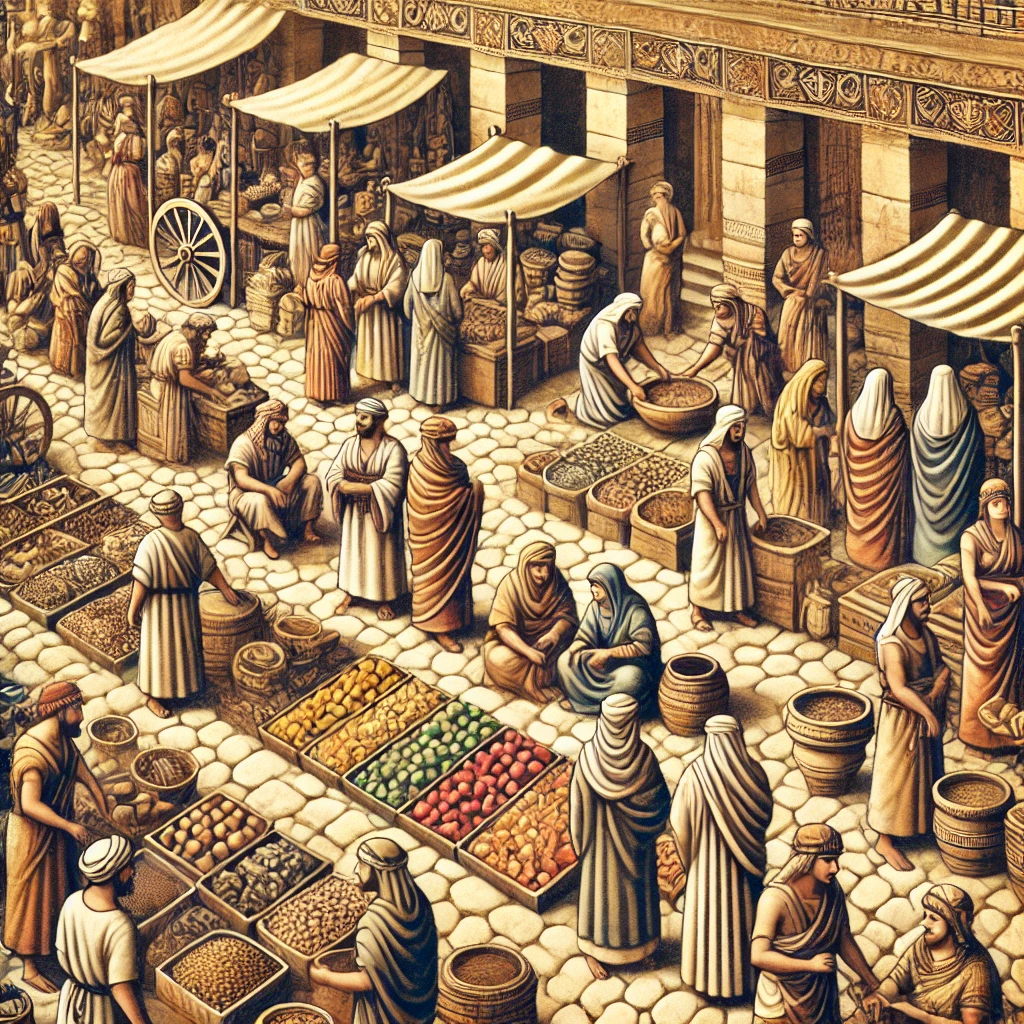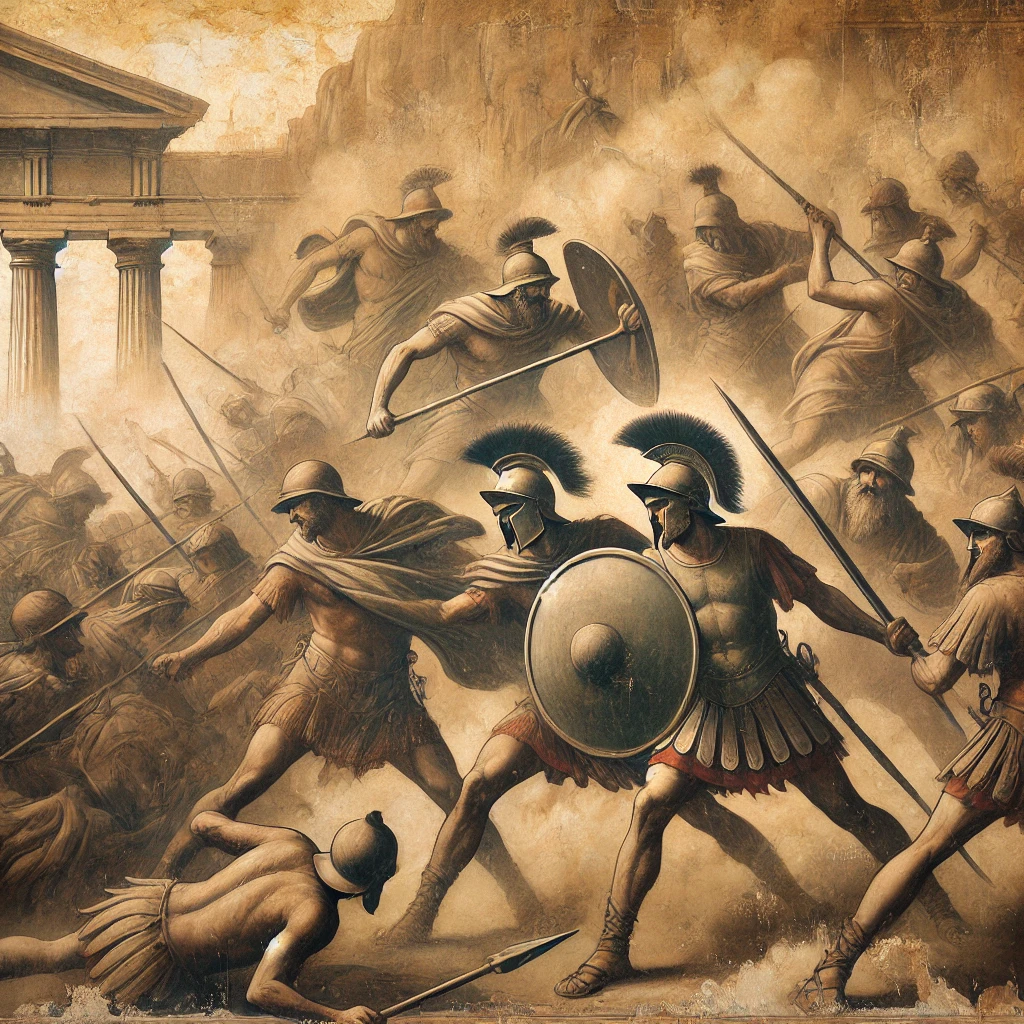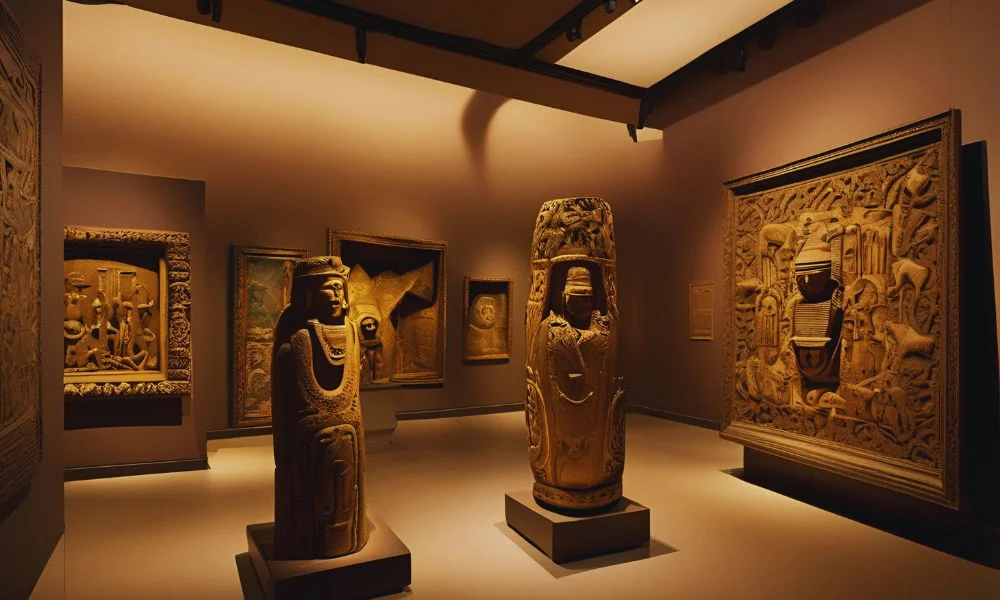Art is one of humanity’s greatest achievements, a testament to creativity, culture, and history. Among the various artistic endeavors across ages, ancient art holds a special place, as it represents the foundations of human expression. Ancient Artz delves into this timeless journey, exploring artifacts, sculptures, paintings, and architectural wonders from different regions and epochs. From the mysterious cave paintings of France to the grandeur of the Egyptian pyramids, Ancient Artz offers a window into a world where art was deeply intertwined with spirituality, culture, and daily life.
The Roots of Ancient Art
The origins of ancient art can be traced back approximately 40,000 years to the Paleolithic era, when early humans began creating visual representations of their surroundings. These early works, found in sites such as the Chauvet-Pont-d’Arc Cave in France, include striking depictions of animals and abstract forms made using charcoal and ochre. These ancient art examples are among the earliest known forms of human creativity, and they likely served spiritual or ritualistic purposes. Early communities used art to connect with their environment and express their beliefs, laying the groundwork for the artistic traditions that would follow.
As civilizations evolved, so did their artistic expressions. Each society contributed unique materials, styles, and themes, enriching the global tapestry of ancient art. Whether used for religious ceremonies, daily rituals, or symbols of power, ancient art reflected the values and aspirations of its creators. Ancient Artz celebrates this diversity, showcasing the profound connection between art and purpose in ancient times.
Major Regions and Styles in Ancient Artz

The legacy of ancient art spans vast geographic and cultural landscapes, each with its distinct characteristics and mediums. Let’s explore some of the most notable regions and their contributions to Ancient Artz.
Egyptian Art
Egyptian art is synonymous with grandeur and symbolism, characterized by monumental architecture, detailed tomb paintings, and exquisite statuary. The Great Pyramids of Giza, the enigmatic Sphinx, and intricately carved hieroglyphics are iconic examples of Egyptian contributions to Ancient Artz. Egyptian art was deeply rooted in the concepts of eternity, the afterlife, and divine rulership. Artists employed rigid formality and symbolism, often portraying gods and pharaohs in larger-than-life proportions to signify their importance.
Tomb paintings, such as those found in the Valley of the Kings, depicted scenes of daily life, religious rituals, and journeys to the afterlife. These works were not merely decorative but served as spiritual tools to guide the deceased in the afterlife. The craftsmanship and enduring beauty of Egyptian art remain a cornerstone of Ancient Artz.
Mesopotamian Art
Known as the “cradle of civilization,” Mesopotamia gave rise to cities such as Babylon and Sumer, where art flourished as a reflection of power and devotion. Mesopotamian art is best known for its ziggurats, statues, and intricate reliefs. These works often depicted gods, kings, and mythological creatures, emphasizing themes of authority and religious significance.
One of the most famous ancient art examples from Mesopotamia is the Stele of Hammurabi, which features a detailed narrative relief of laws and societal norms. This blend of artistic beauty and historical documentation highlights the multifaceted nature of Mesopotamian contributions to Ancient Artz.
Greek and Roman Art
The classical world of Greece and Rome set new standards for artistic excellence, focusing on realism, proportion, and harmony. Greek art, particularly its sculptures, pottery, and architecture, celebrated the human figure and emphasized balance and symmetry. Masterpieces such as the Parthenon and the Venus de Milo exemplify the ideals of Greek art.
The Romans adopted and expanded upon Greek traditions, creating sculptures, mosaics, and monumental structures with a strong political and social function. The Colosseum, Roman aqueducts, and triumphal arches are iconic examples of Roman engineering and artistic prowess. Together, Greek and Roman art form a vital chapter in the history of Ancient Artz.
Asian Art
The ancient art of Asia, spanning China, India, and beyond, reflects the spiritual and philosophical traditions of these cultures. In China, the Terracotta Army stands as a testament to the sophistication and scale of ancient Chinese art. Meanwhile, India’s intricate temple carvings and statues celebrate deities and religious stories, blending art with spirituality.
Ancient Asian art is characterized by its use of natural materials, refined symbolism, and integration with nature. These elements have not only shaped the artistic heritage of Asia but also influenced global art practices, enriching the narrative of Ancient Artz.
Characteristics of Ancient Artz
Ancient art is distinguished by several key characteristics that reveal the values and priorities of early societies:
- Symbolism: Ancient art often employed symbols to convey spiritual, political, or social messages. For example, Egyptian hieroglyphics and Mesopotamian reliefs are rich in symbolic meaning.
- Material Usage: Artists used materials available in their environment, such as stone, clay, metal, and natural pigments. This resourcefulness is evident in everything from cave paintings to monumental architecture.
- Functionality: Ancient art was not created purely for aesthetic purposes; it served practical roles in rituals, ceremonies, and governance. Artworks often had dual purposes, combining beauty with utility.
- Cultural Reflection: The art of each civilization reflects its unique beliefs, social structures, and interactions with the environment. From the spiritual focus of Asian art to the political narratives of Roman reliefs, ancient art is a mirror of human culture.
Ancient Art Examples
Numerous examples of ancient art have endured through the centuries, showcasing the creativity and skill of early artists:
- Cave Paintings: Found in places like Lascaux, France, these early artworks depict animals and abstract symbols, offering a glimpse into the lives and beliefs of Paleolithic humans.
- Egyptian Statuary: The bust of Nefertiti and the statues of Ramses II are iconic examples of Egyptian artistry, combining realism with idealism.
- Mesopotamian Reliefs: The Assyrian lion-hunting reliefs and the Stele of Hammurabi illustrate the narrative and symbolic power of Mesopotamian art.
- Greek Sculptures: The Discobolus (Discus Thrower) and the statue of Zeus at Olympia epitomize the classical ideals of balance and proportion.
- Asian Temples: The carvings of Angkor Wat in Cambodia and the Buddhist sculptures of Bamiyan in Afghanistan highlight the spiritual depth of ancient Asian art.
Ancient Art Paintings

Painting was a significant medium in ancient art, used for storytelling, spiritual purposes, and decoration. Ancient Egyptian tomb paintings, for instance, portrayed scenes of daily life and the journey to the afterlife. In Mesopotamia, wall paintings often depicted mythological themes and royal achievements.
In ancient Greece and Rome, frescoes adorned the walls of temples and villas, capturing scenes of mythology, nature, and daily life. Meanwhile, ancient Asian paintings, such as Chinese landscape art, emphasized harmony with nature and the spiritual essence of the world. These ancient art paintings remain a vital part of the Ancient Artz legacy.
Ancient Art History
The history of ancient art spans thousands of years, beginning with the rudimentary cave paintings of the Paleolithic era and evolving into the sophisticated art forms of ancient civilizations. Over time, art became more complex, reflecting advancements in technology, culture, and social organization. The transition from nomadic lifestyles to settled agricultural societies marked a significant shift, as art began to serve more structured roles in religion, governance, and daily life.
Each civilization contributed to the evolution of ancient art, leaving behind a legacy that continues to inspire modern creativity. From the symbolic art of Egypt and Mesopotamia to the human-centered focus of Greece and Rome, the history of Ancient Artz is a testament to humanity’s enduring relationship with art.
Cultural and Spiritual Significance of Ancient Artz
Ancient art was far more than decoration; it played a crucial role in spiritual, political, and social life. Temples, tombs, and sculptures were often created as bridges between humanity and the divine. Leaders commissioned art to project authority and legitimacy, while religious art served to honor deities and ancestors.
For example, the colossal statues of Egyptian pharaohs symbolized divine power and continuity, while Roman busts celebrated the accomplishments of emperors. Similarly, ancient Asian art often focused on spiritual themes, such as enlightenment and the connection between humanity and nature. These works remind us of the profound ways in which art shaped the beliefs and identities of ancient societies.
Conclusion
Ancient Artz takes us on a fascinating journey through the artistic achievements of early civilizations. From the symbolic cave paintings of the Paleolithic era to the grandeur of Egyptian, Mesopotamian, Greek, Roman, and Asian art, this exploration reveals the deep connection between art, culture, and humanity. The examples, history, and characteristics of ancient art highlight its enduring significance and timeless beauty. As we continue to uncover and study these masterpieces, Ancient Artz reminds us of the boundless creativity that defines the human spirit.

